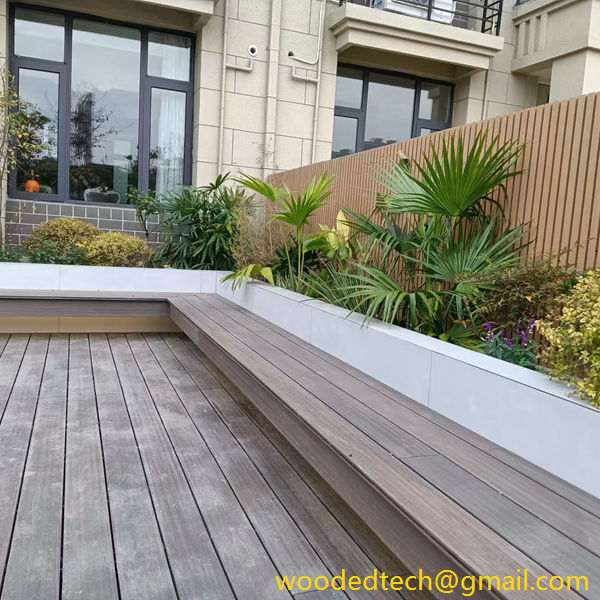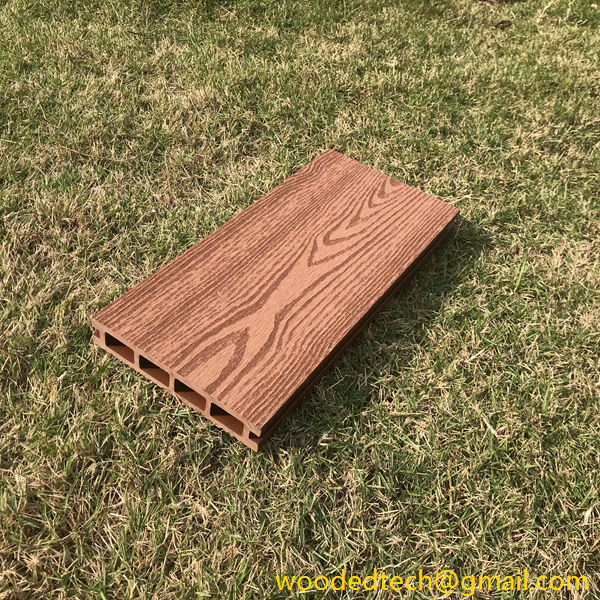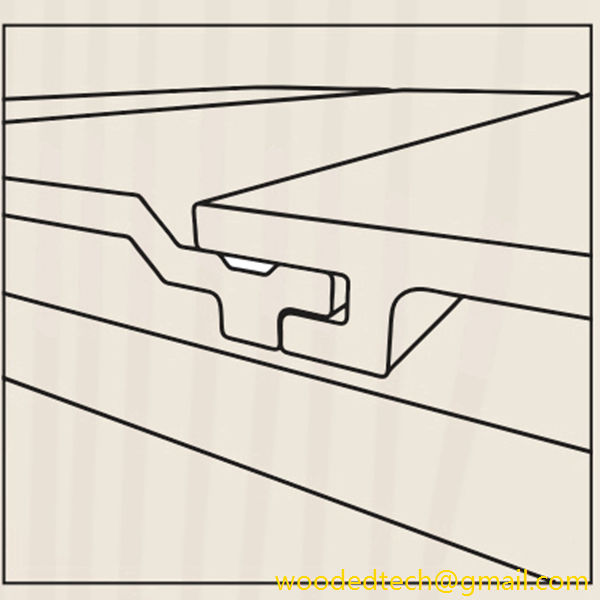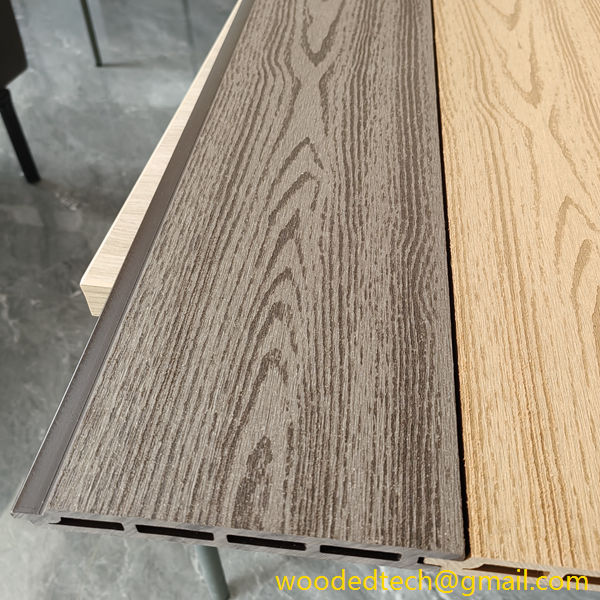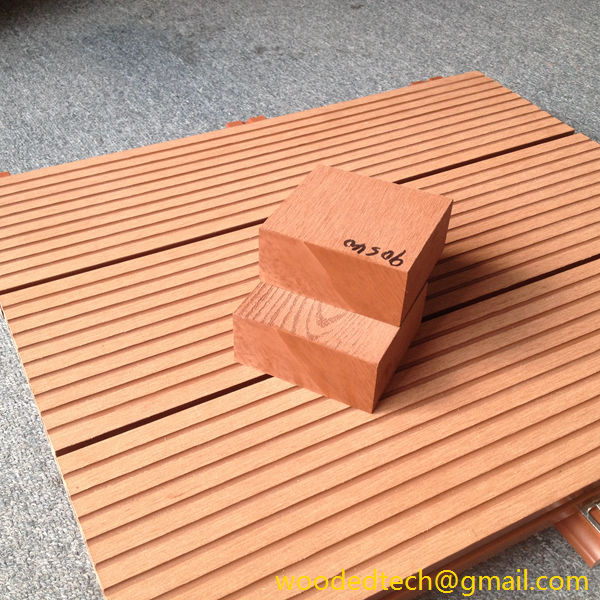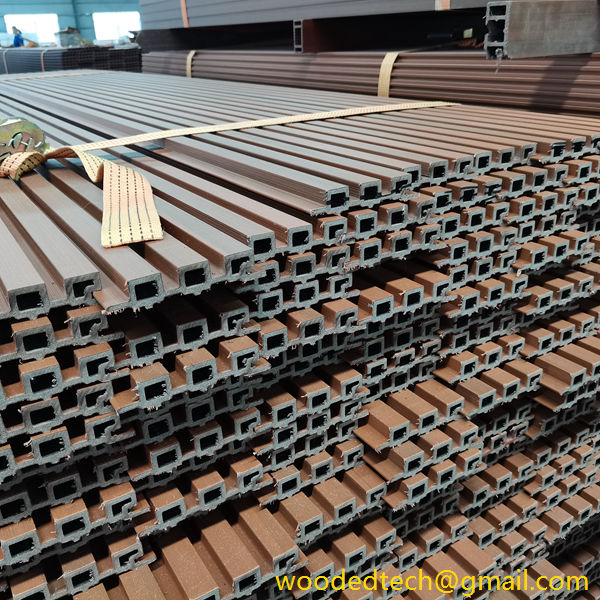In recent years, WPC wood cladding has emerged as a popular choice for enhancing the elegance and aesthetic appeal of interiors. WPC, or Wood Plastic Composite, combines the natural beauty of wood with the durability and resilience of plastic. This innovative material not only provides a sophisticated look but also offers practical benefits in terms of installation and maintenance. Understanding these aspects can help homeowners and designers make informed decisions about incorporating WPC wood cladding into their spaces.
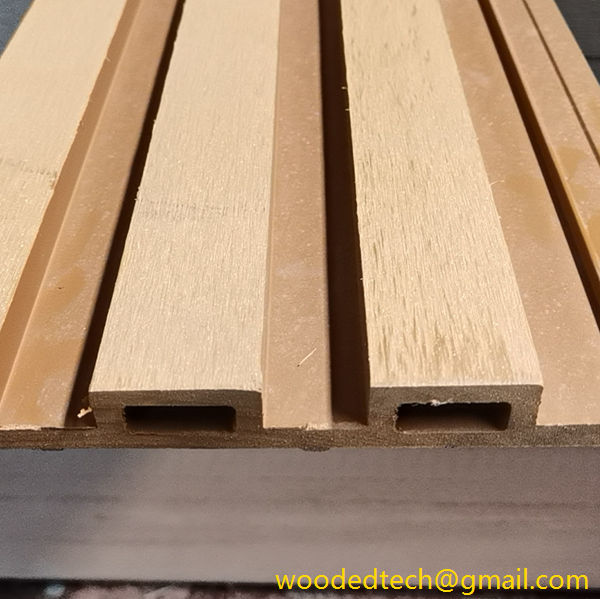
One of the primary advantages of WPC wood cladding is its ease of installation. Unlike traditional wood cladding, which often requires extensive preparation and specialized tools, WPC cladding is designed for efficiency. Most WPC products come with interlocking systems or tongue-and-groove designs that facilitate straightforward installation. This can significantly reduce labor costs and installation time. Many manufacturers provide detailed installation guides and videos, making it accessible even for those with limited DIY experience. Additionally, the lightweight nature of WPC means that it can be handled easily, further simplifying the installation process.
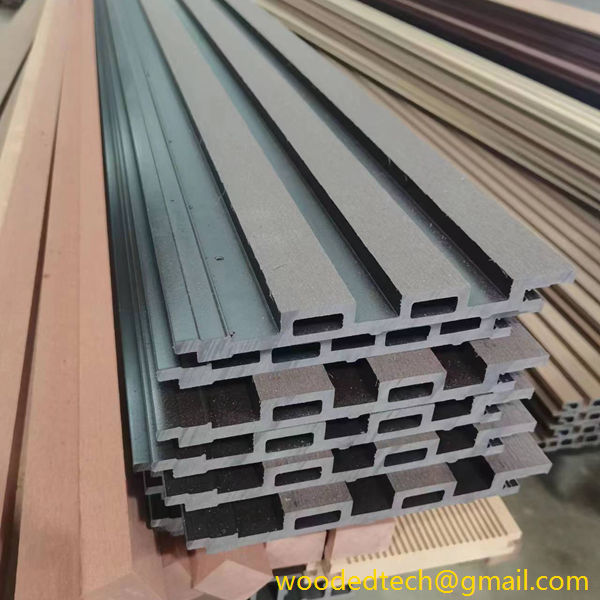
When preparing for the installation of WPC wood cladding, it is essential to ensure that the underlying structure is sound. Whether the cladding is being applied to walls, ceilings, or other surfaces, the substrate must be clean, dry, and free of any irregularities. This may involve patching holes or smoothing out uneven surfaces. Proper ventilation should also be considered during installation, especially in enclosed spaces, to ensure that any potential fumes from adhesives or sealants dissipate quickly.
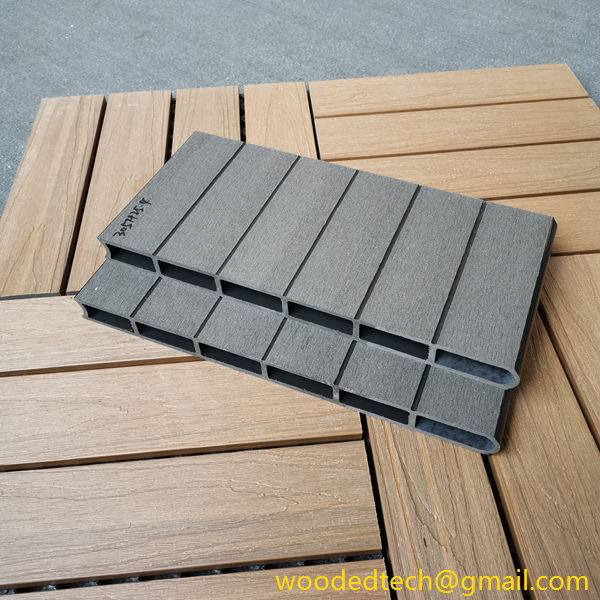
Once the preparations are complete, the actual installation can begin. It is advisable to start at the bottom of the wall and work upwards, ensuring that each piece is level before securing it in place. For those opting for a floating installation method, it is crucial to leave appropriate gaps for expansion and contraction, which can occur due to changes in temperature and humidity. Following the manufacturer’s recommendations regarding spacing will help prevent issues down the line.
Maintaining WPC wood cladding is another area where this material shines. One of the standout features of WPC is its resistance to moisture, insects, and decay. Unlike traditional wood, which can warp, crack, or attract pests, WPC is engineered to withstand the rigors of everyday life. This means that homeowners can enjoy the beauty of wood without the constant worry of maintenance that comes with it.
Cleaning WPC wood cladding is a simple process. Regular dusting and occasional wiping with a damp cloth are often all that is needed to keep the surface looking fresh. For deeper cleaning, a mild soap solution can be used to remove stubborn stains or dirt. It is essential to avoid harsh chemicals or abrasive cleaners that could damage the finish or integrity of the material. Furthermore, because WPC is designed to be UV resistant, it will not fade over time, maintaining its original appearance for years.
Another key aspect of maintaining WPC wood cladding is periodic inspections. Homeowners should regularly check for any signs of wear or damage, particularly in high-traffic areas. If any pieces become loose or damaged, it is crucial to address these issues promptly to prevent further complications. Many WPC systems are designed for easy replacement of individual panels, allowing for quick repairs without the need for extensive renovations.
In conclusion, WPC wood cladding presents an elegant solution for enhancing interior spaces while offering significant advantages in both installation and maintenance. Its straightforward installation process allows for quick and efficient application, making it an attractive option for both professionals and DIY enthusiasts. Additionally, the durability and low maintenance requirements of WPC ensure that it remains a beautiful feature in any home for years to come. As more homeowners seek to combine style with practicality, WPC wood cladding stands out as a premier choice for those looking to elevate their interiors without the drawbacks associated with traditional wood materials. With a little attention and care, WPC wood cladding can transform spaces into elegant environments that reflect personal style and taste.

